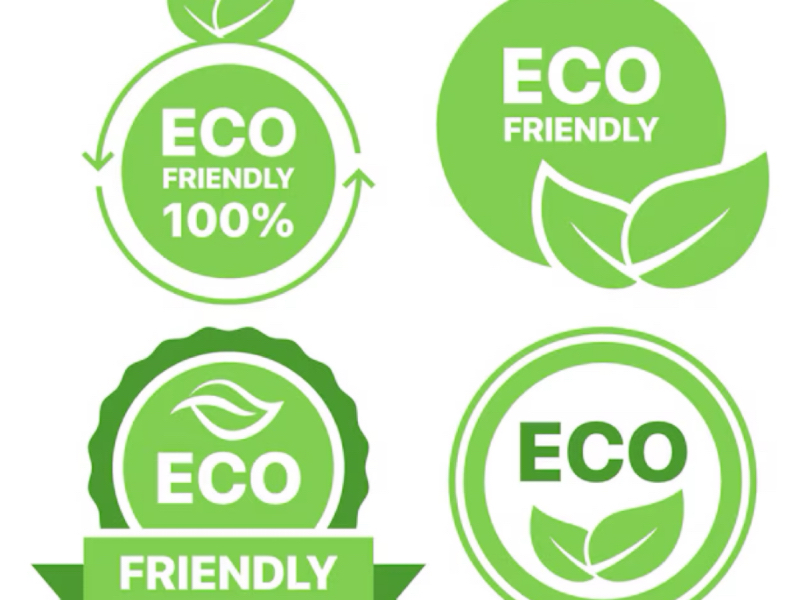- Offices significantly contribute to energy use, waste, and emissions, so adopting sustainable practices is crucial.
- Simple changes, like using energy-efficient lighting, reducing paper waste, promoting sustainable travel, and recycling, can lower the carbon footprint and create an eco-friendly office.
_____________
Why green your office?
Reducing the carbon footprint at work helps the environment and can lead to cost savings and improved employee well-being. Many organizations are already embracing green technologies, energy-efficient appliances, and eco-conscious practices, which reduce pollution and waste, benefiting the planet.
Also read: Google invests $1 billion in green UK data centre
Energy efficiency: The first step to reducing carbon footprint
Improving energy efficiency is one of the most effective ways to green your office. A large part of your office’s carbon footprint comes from electricity use. Switching to energy-efficient lighting and appliances can significantly reduce your environmental impact. Choose LED lights, which consume less energy and last longer than traditional bulbs. Encourage employees to turn off lights, computers, and electronics when not in use, and consider installing motion sensors that turn off lights in unused areas.
Sustainable office supplies: Choosing eco-friendly products
Another key area for reducing the carbon footprint at work is using sustainable office supplies. Opt for digital tools to reduce paper waste. If paper is necessary, choose recycled paper. For everyday items like pens, notebooks, and sticky notes, select products made from recycled or biodegradable materials. By using eco-friendly supplies, your office can reduce waste and limit landfill contributions.
Also read: USM and LADA team up for eco-friendly initiatives via IGSC
Going paperless: Reducing waste and Carbon emissions
A paperless office is essential to reducing the carbon footprint at work. Digital documents, cloud storage, and online collaboration tools reduce the need for printed materials. Encourage employees to send electronic documents rather than print them. Switching to e-billing and e-statements can also reduce paper-based communications.
Waste management: Reducing, Reusing, and Recycling
Effective waste management is essential to greening your office. Set up recycling stations for paper, plastic, glass, and electronic waste. Encourage employees to recycle and reduce single-use plastics. Provide reusable containers like water bottles and coffee cups to cut down on disposable waste. Consider donating old furniture and electronics to avoid unnecessary waste.
Green office design: Creating an eco-friendly workspace
The physical design of your office can also reduce its carbon footprint. Choose sustainable furniture made from recycled or renewable materials. Adding plants improves air quality and creates a healthier workspace. If renovating or moving, consider energy-efficient windows and insulation to boost heating and cooling efficiency.
Small changes lead to big results
Greening your office and reducing the carbon footprint at work is a rewarding initiative that benefits both the environment and your business. By adopting energy-efficient practices, using sustainable supplies, and promoting eco-friendly behavior, you can make a positive impact. Remember, small changes add up, and by making your office more sustainable, you contribute to a greener future.

